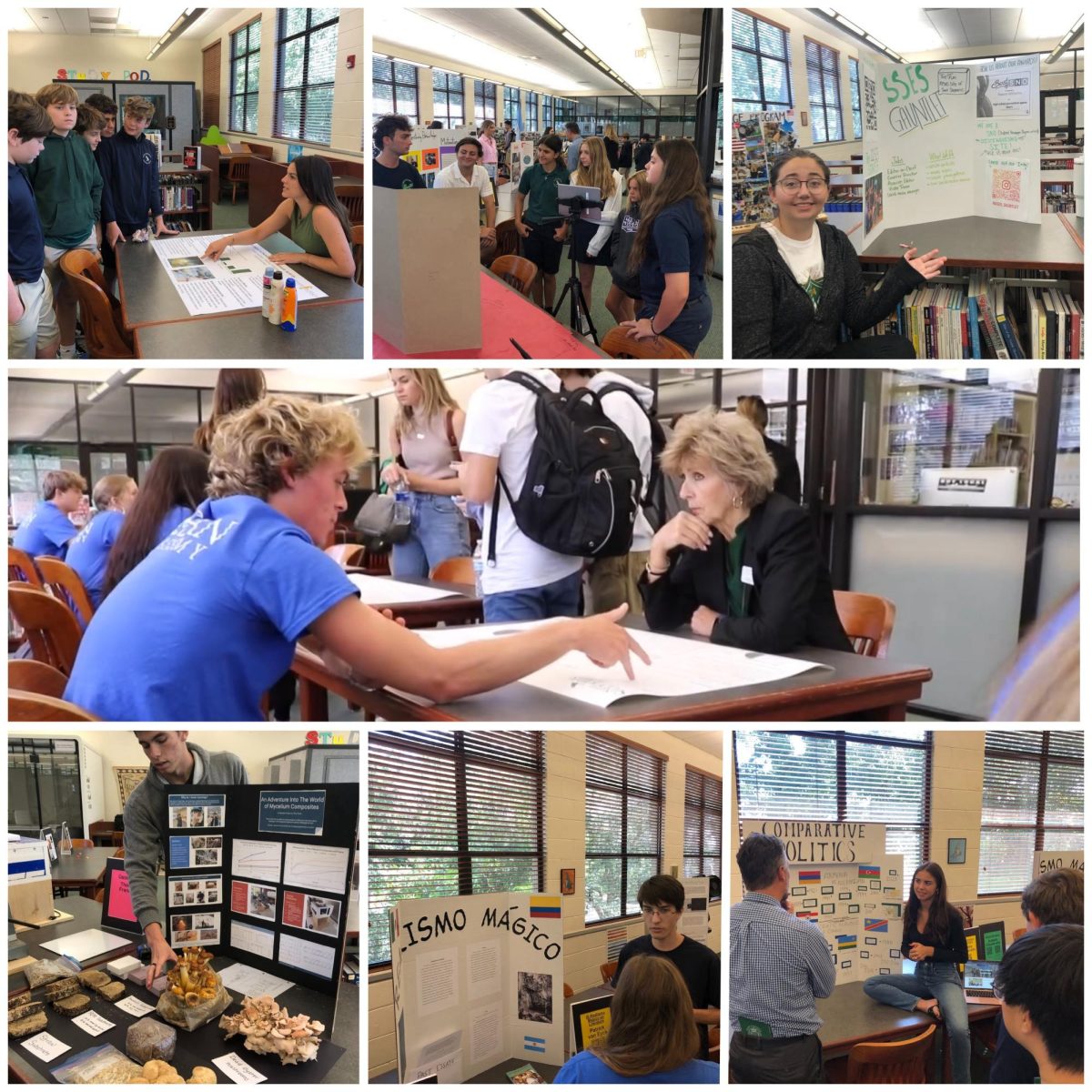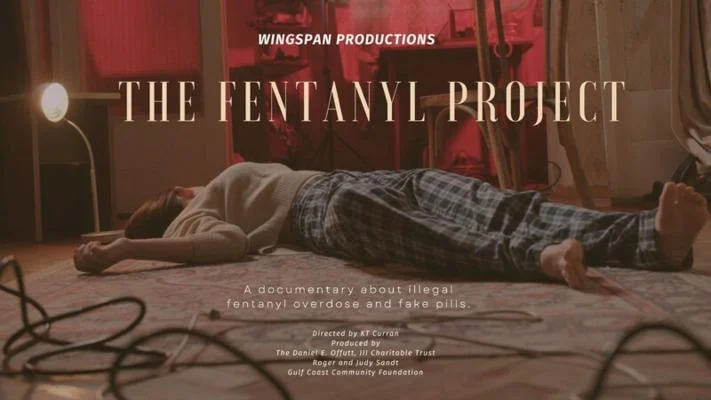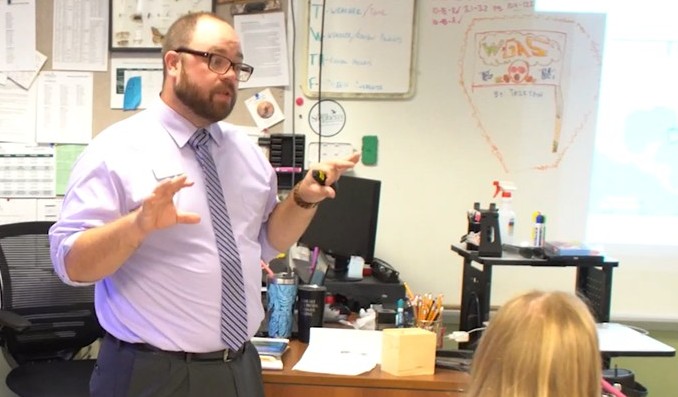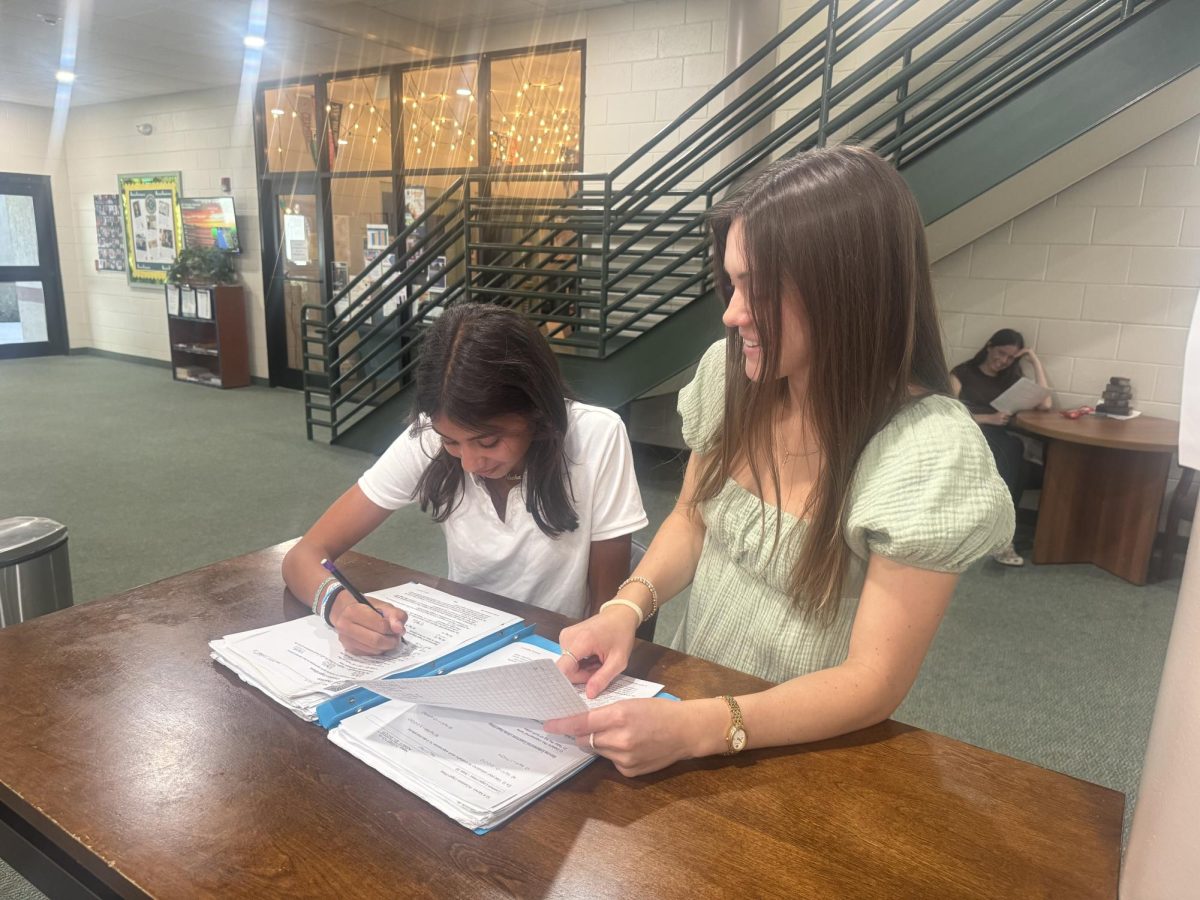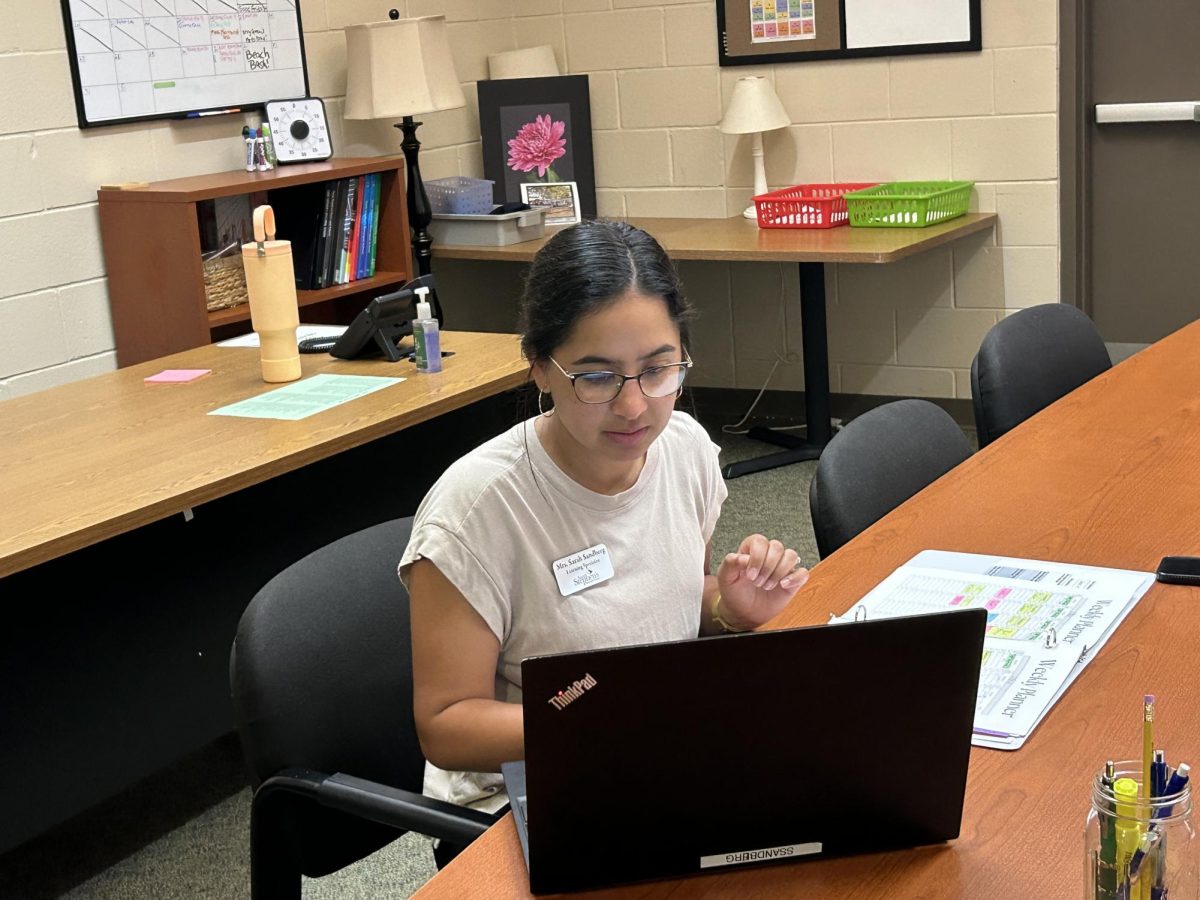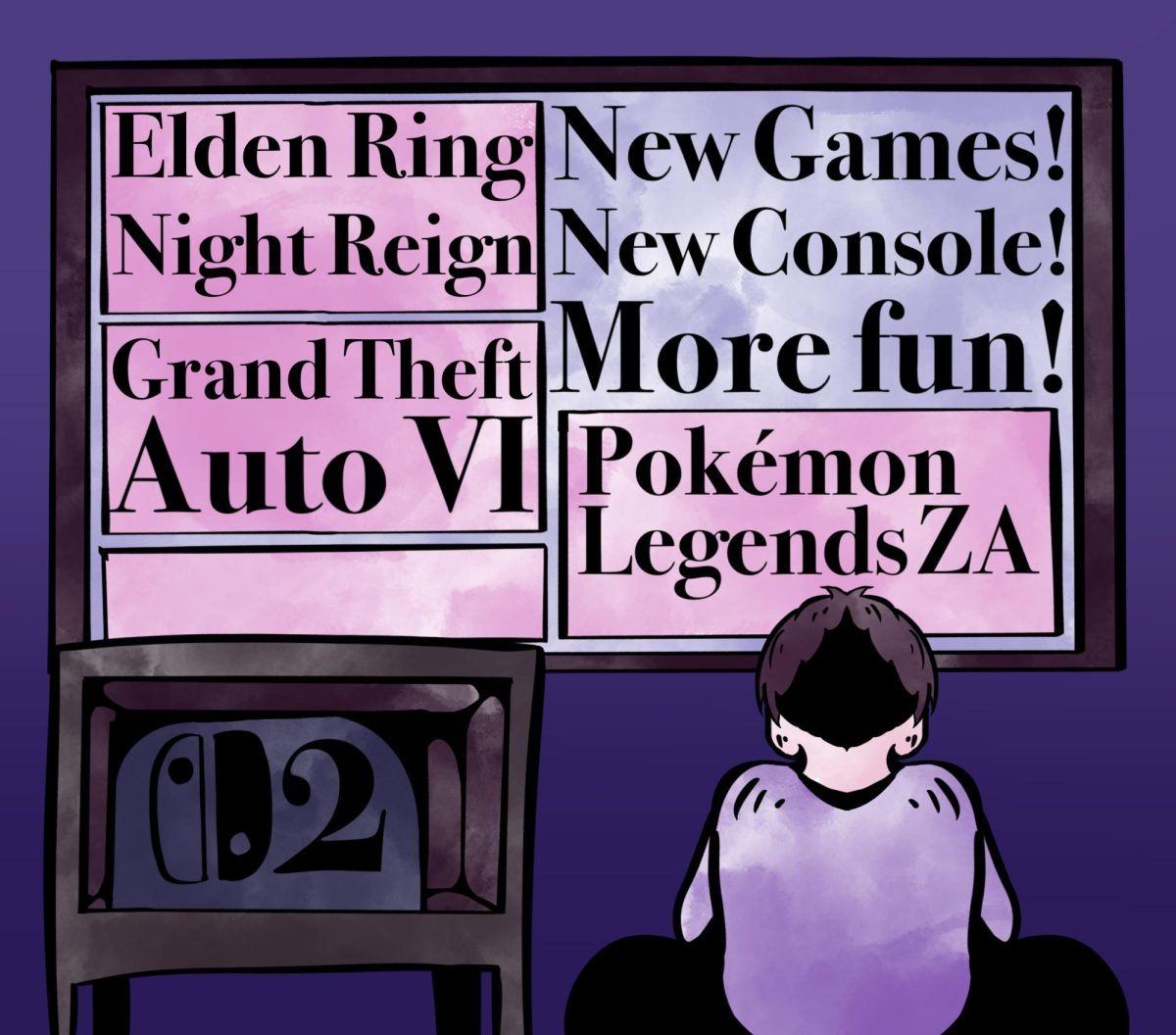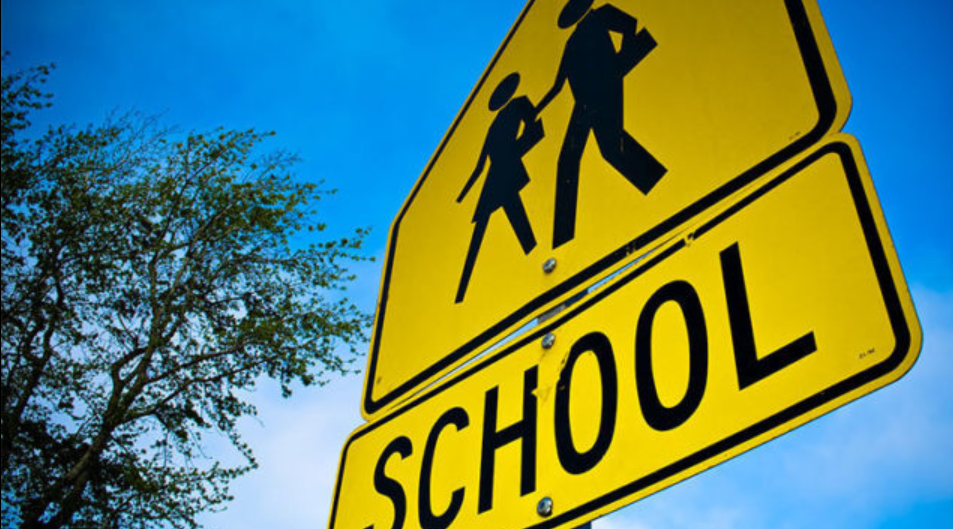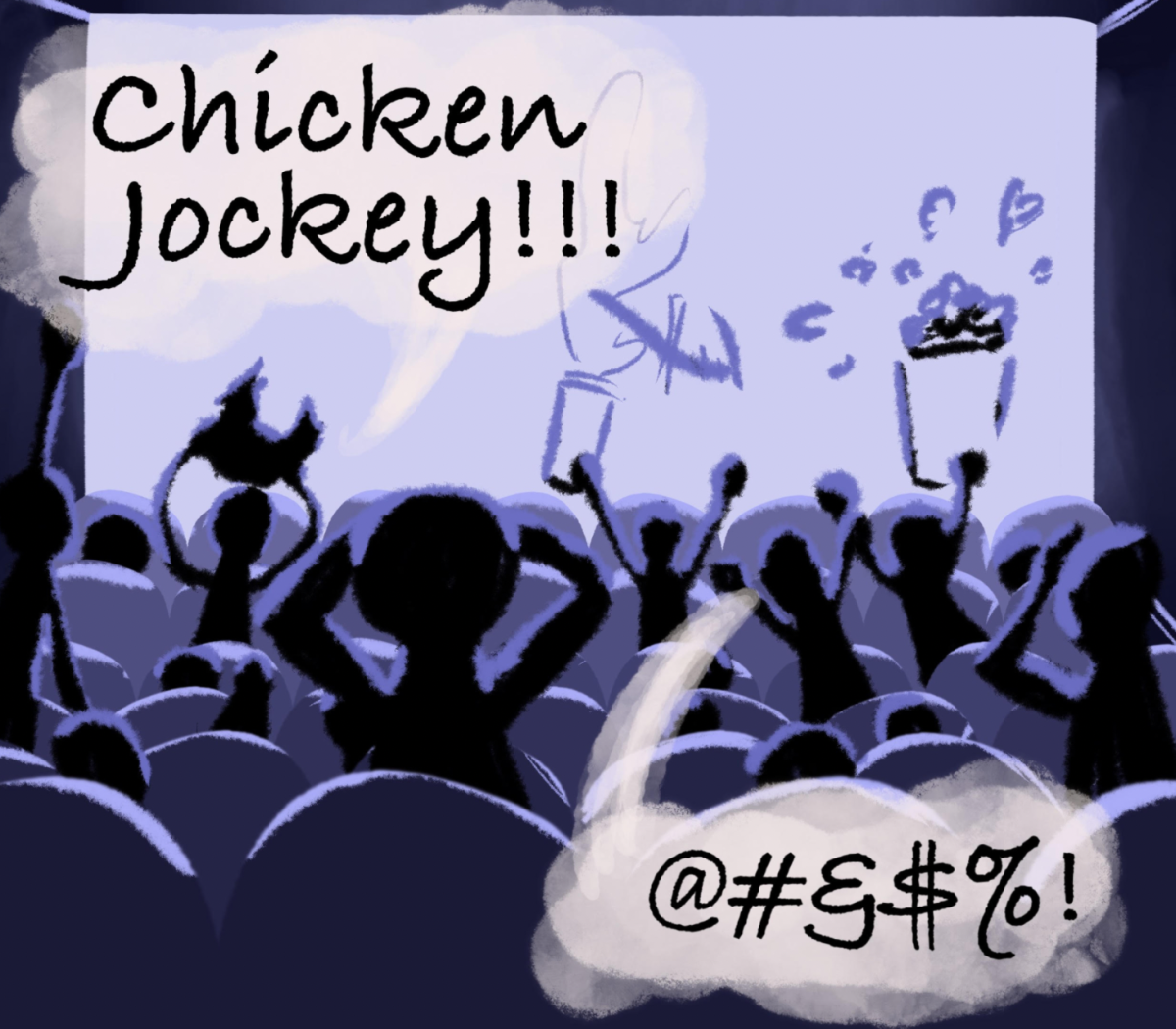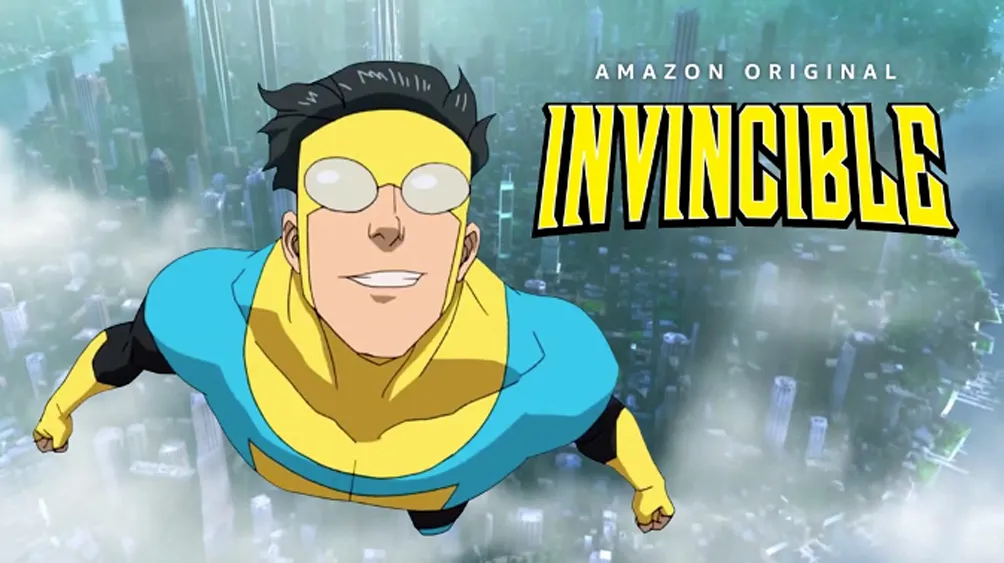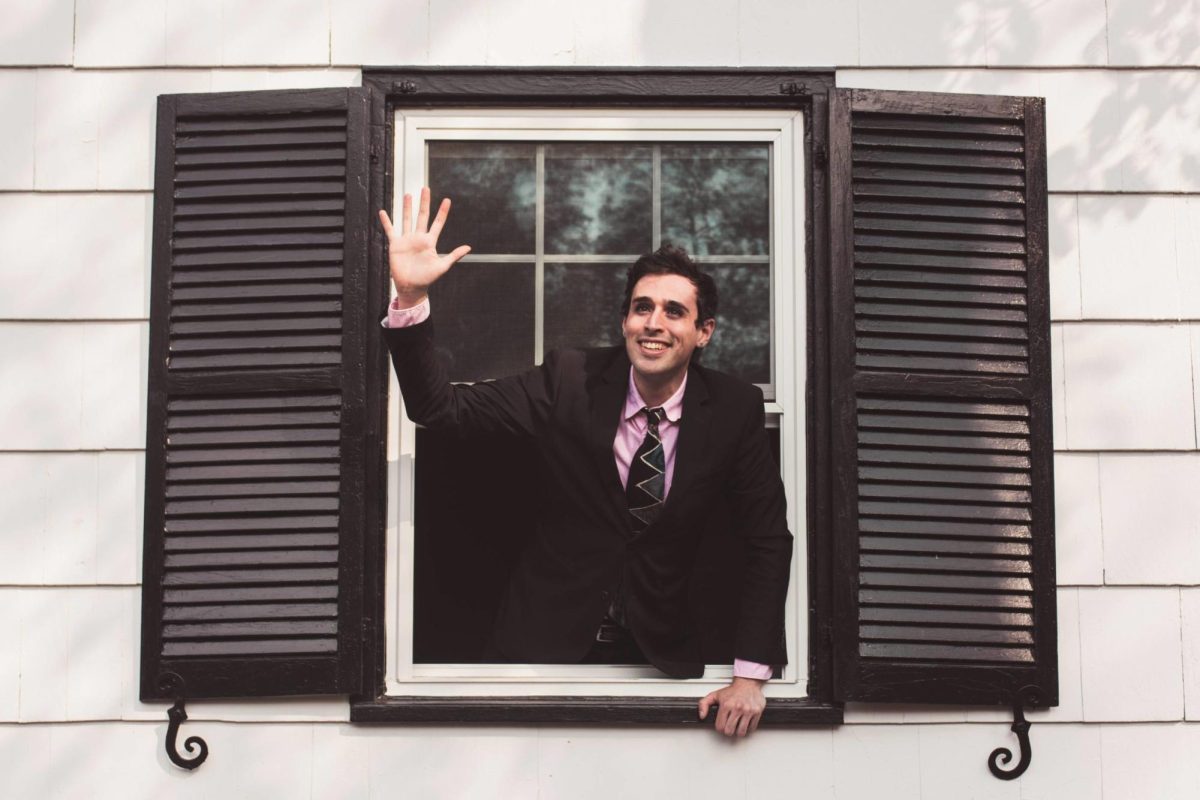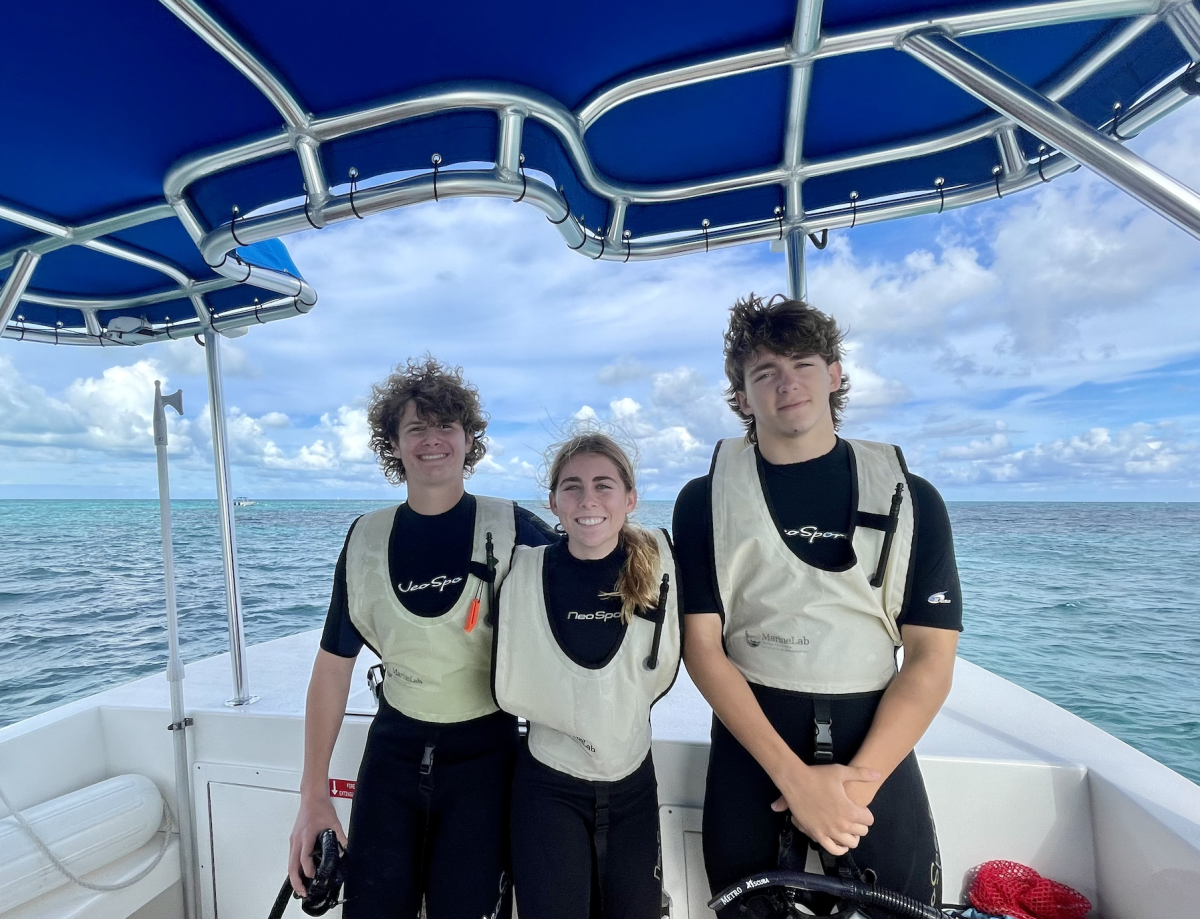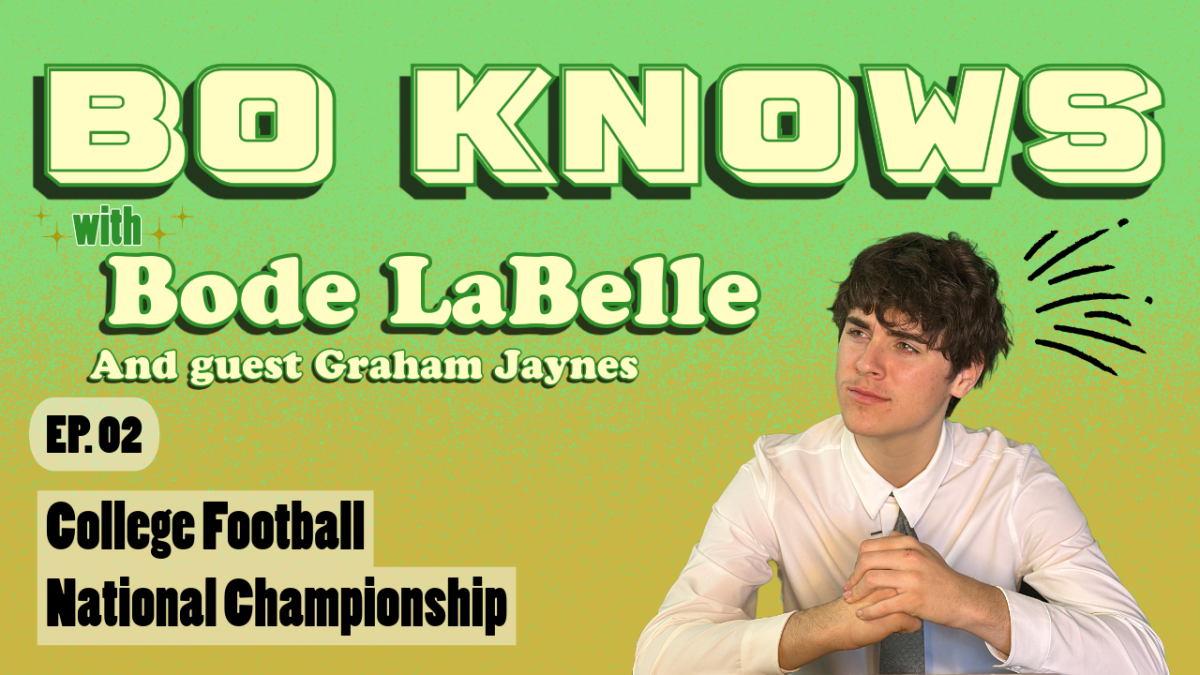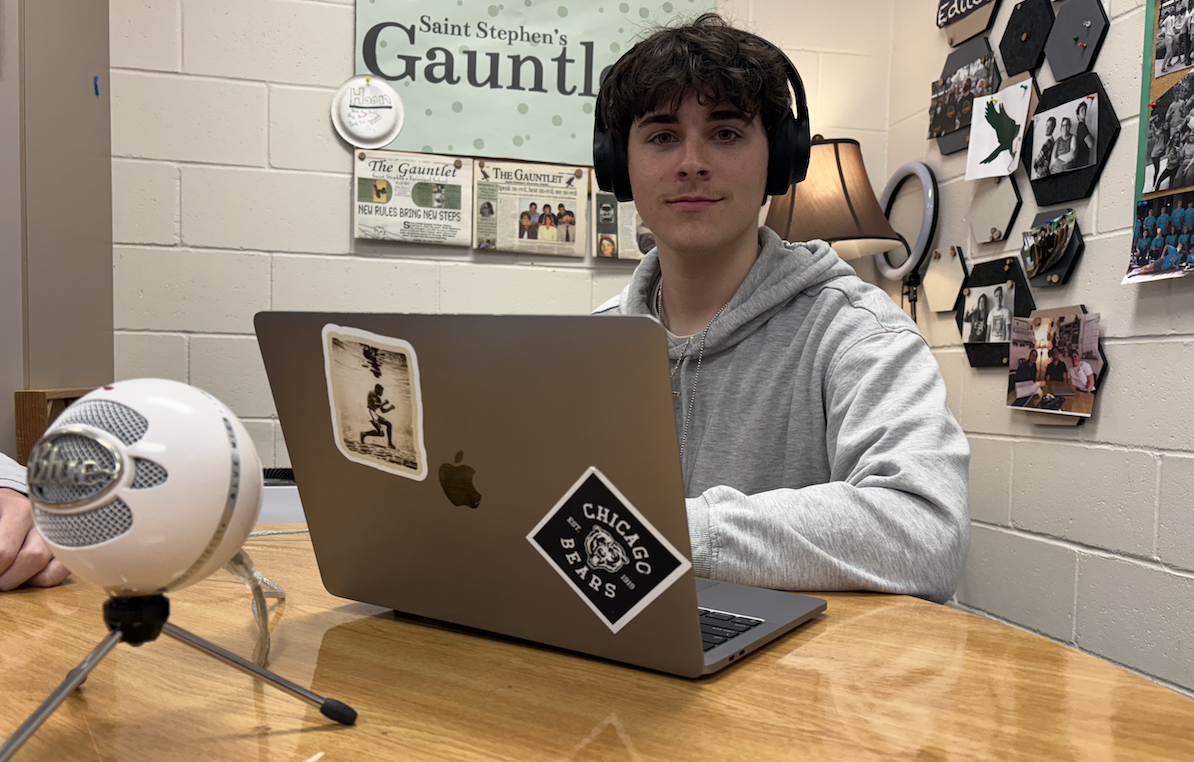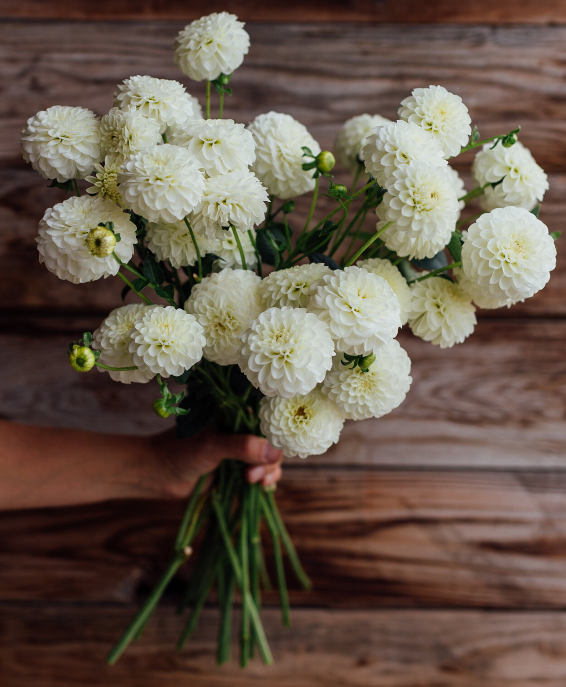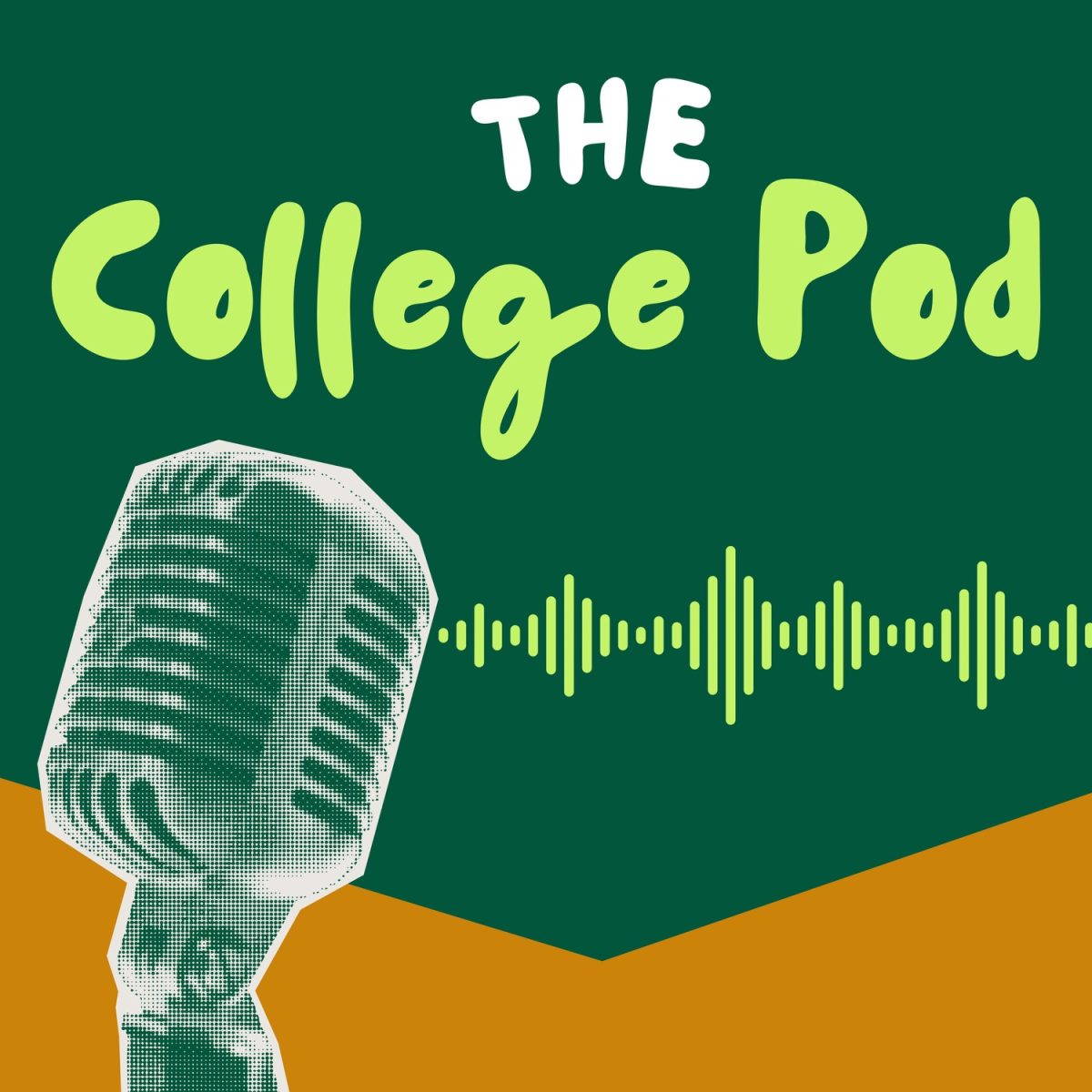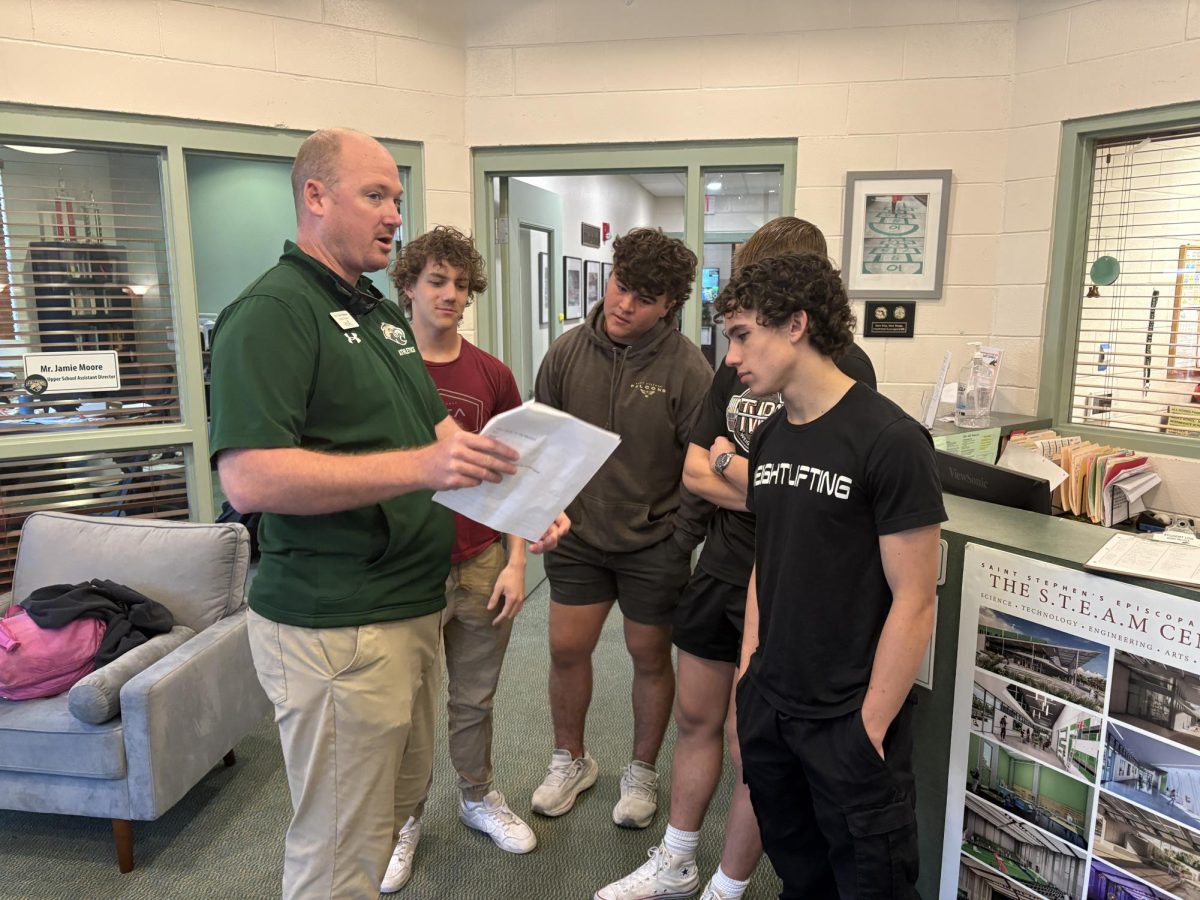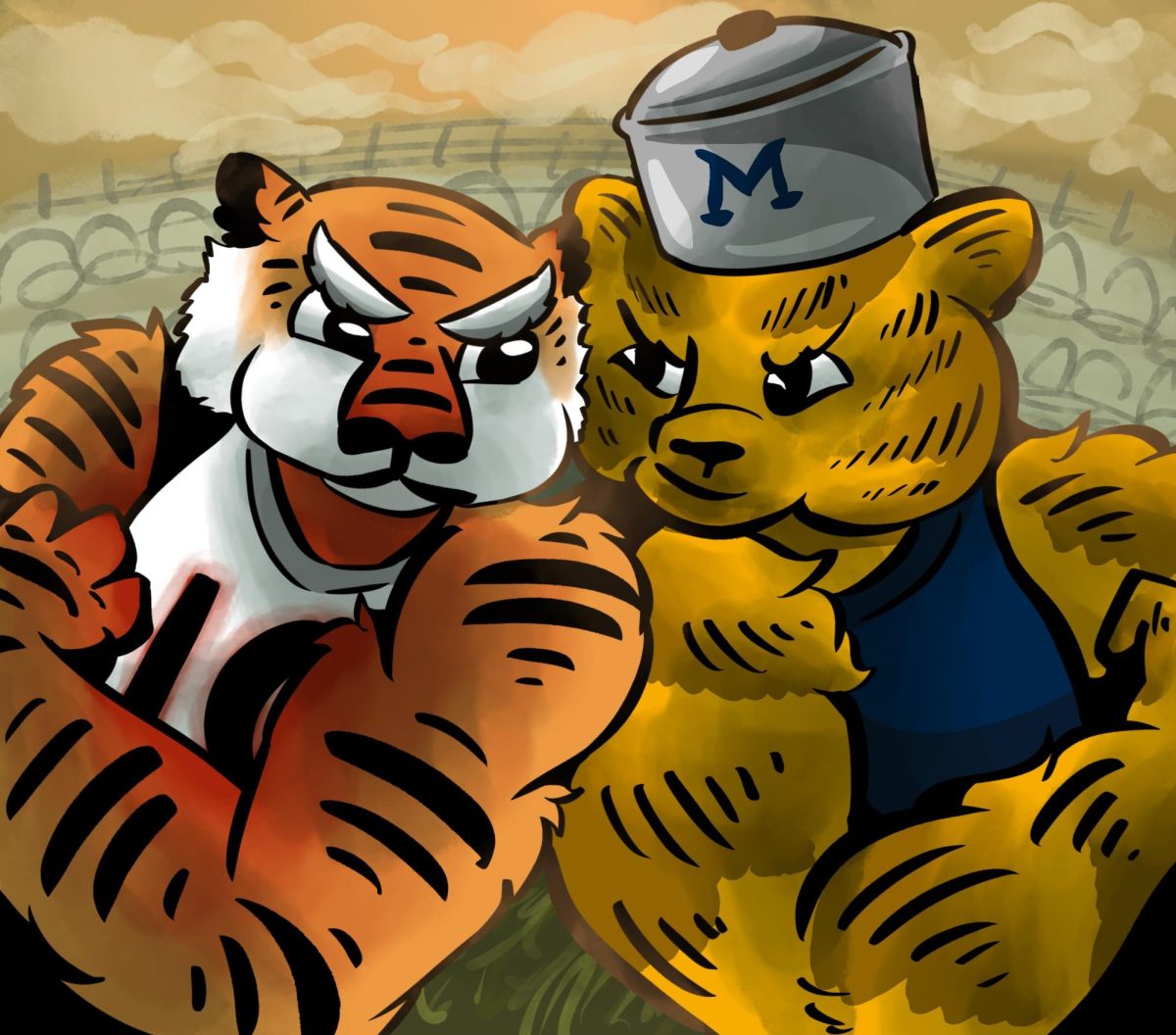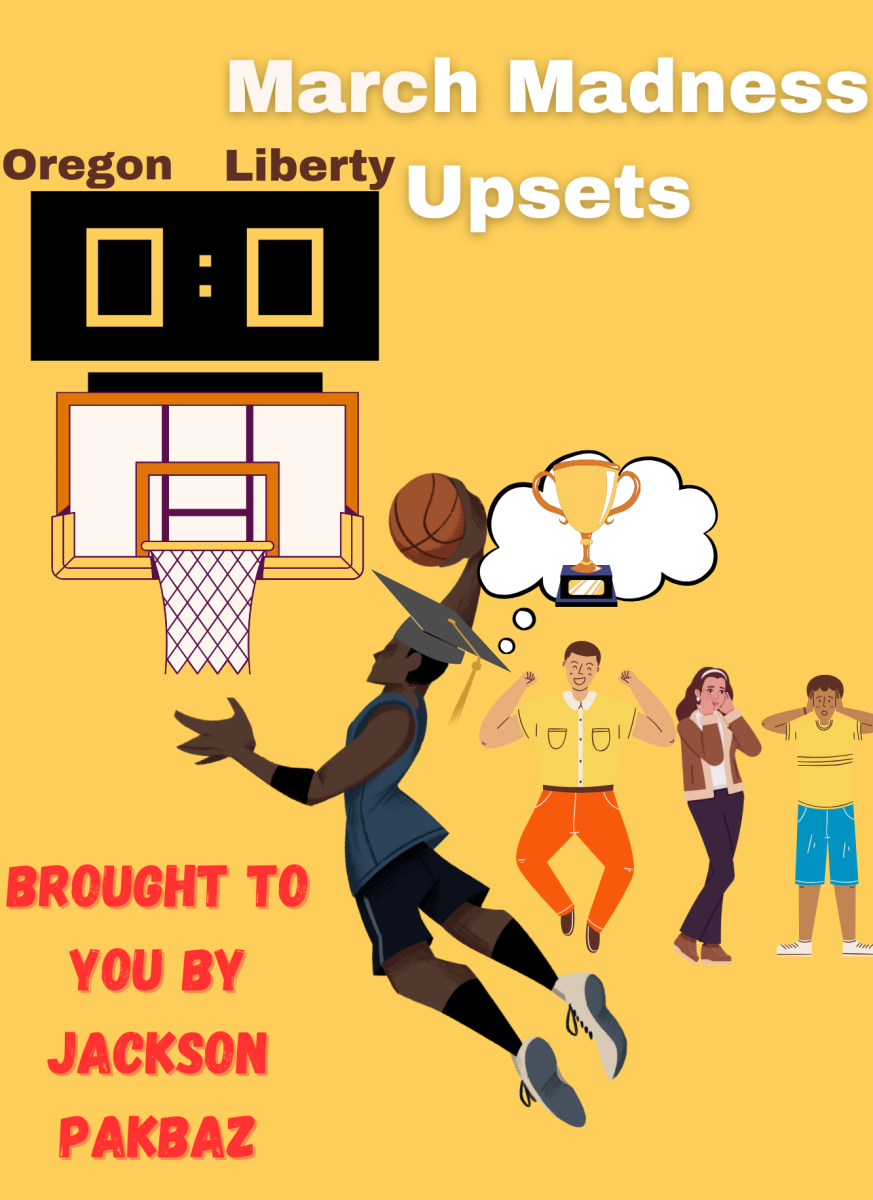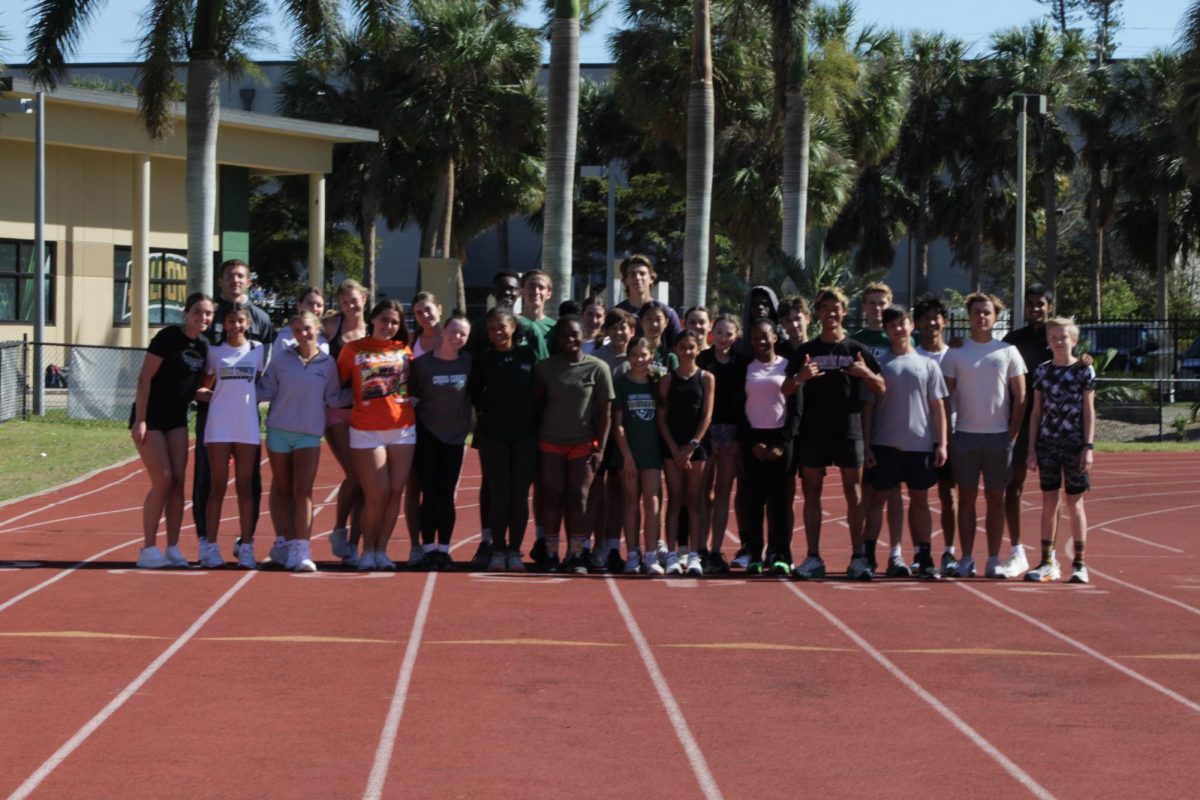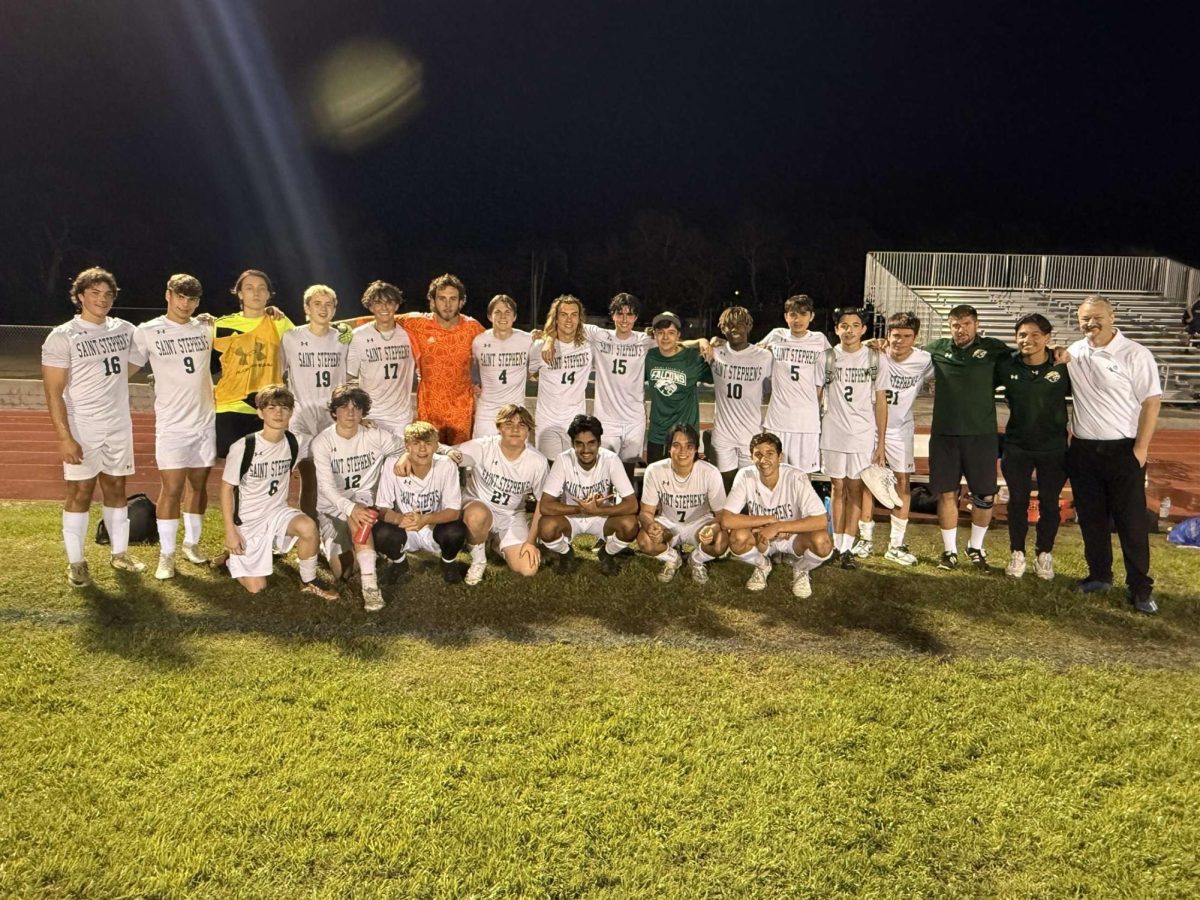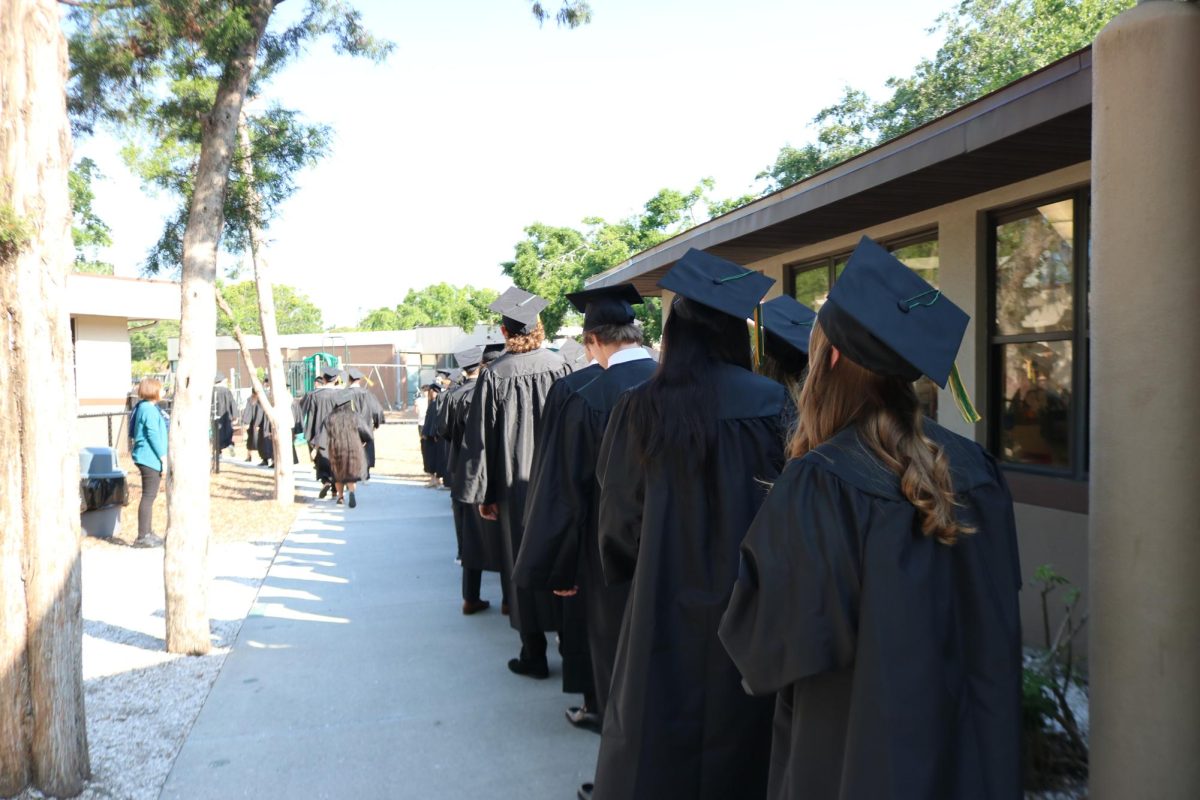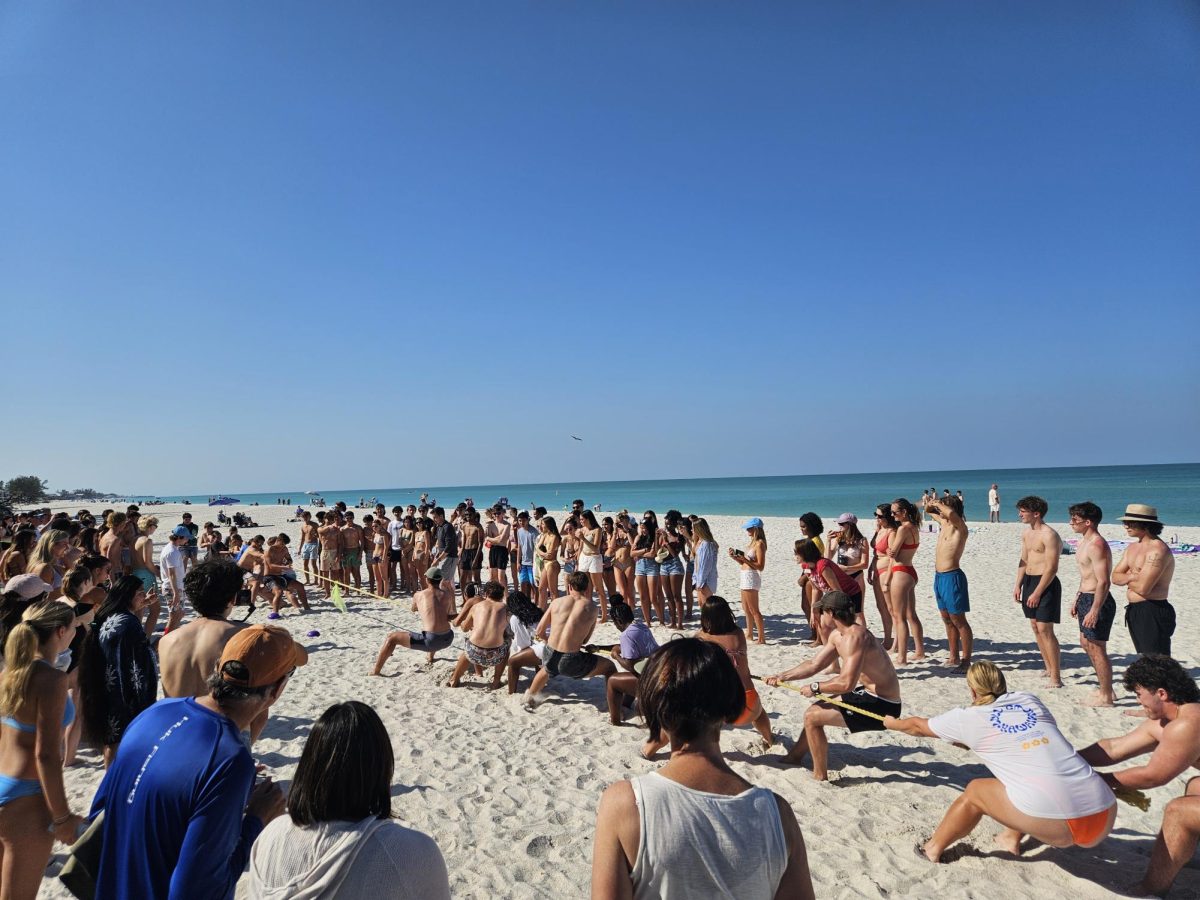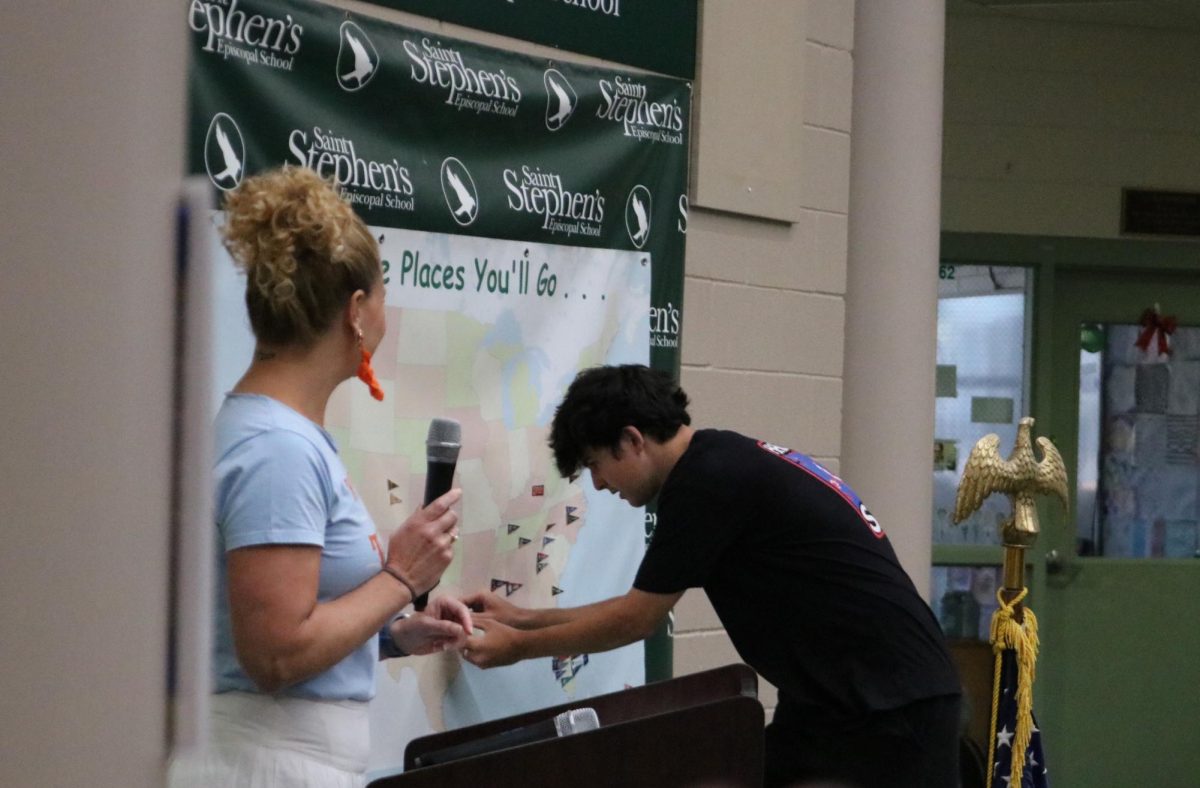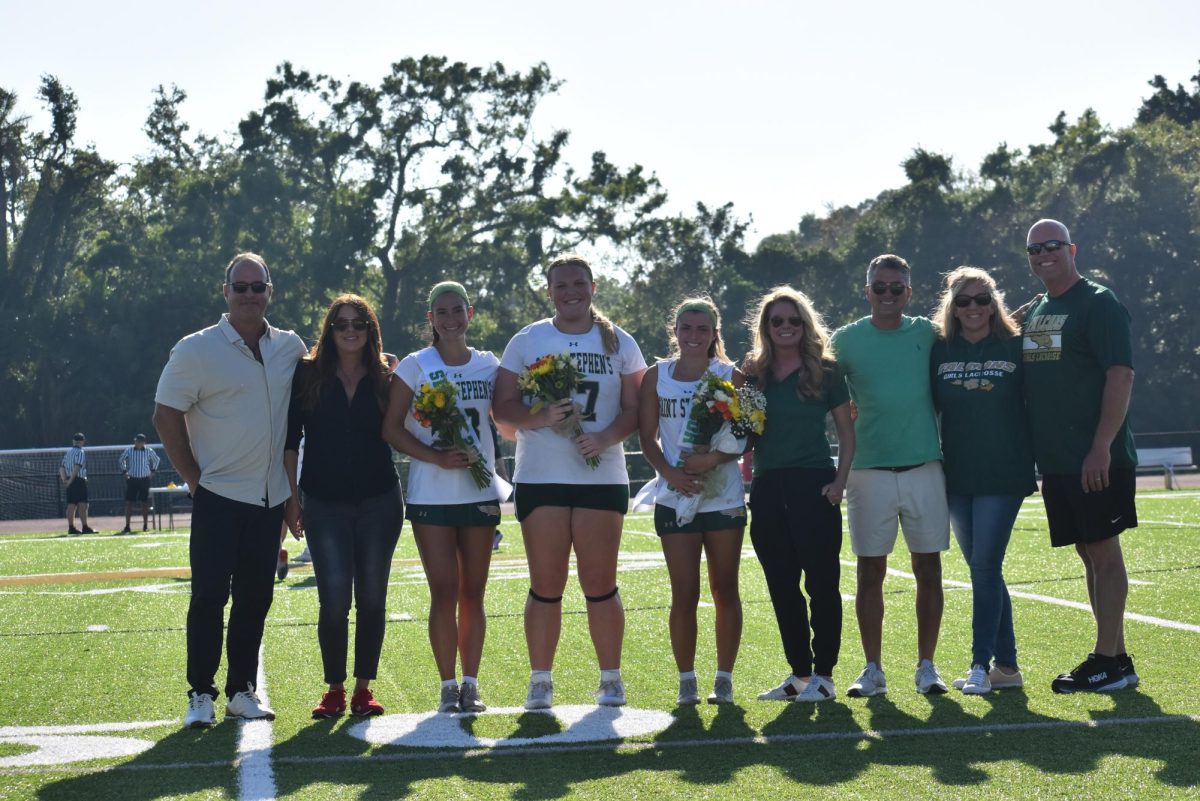You’ve been recycling wrong, both at school and at home
Recycling should be a priority in this day and age, but as it turns out, a lot of people are actually doing it wrong. It’s time to set the record straight.
Everyone knows that feeling when your advisor announces that it’s your advisory’s turn to be on recycling duty for the week.
The dreaded recycling duty consists of the select advisory spending the majority of their lunchtime hustling around the upper school toting the enormous blue recycling bins that weigh about a hundred pounds through the halls. It can be a daunting task.
Recycling duty, and recycling in general, can be confusing. But these crucial tasks don’t have to be.
Students on duty have to be sure to throw out items that cannot be recycled while also keeping the bins organized, separating plastics and paper. While this duty only comes around about once a year, it can be brutal.
From my personal experience, the bins end up being overly full and stuffed with wrong contents.
On this note, AP Environmental Science and Marine Science teacher Mrs. Allison Misiewicz often notices contents incorrectly placed in recycling bins every day in her class, even though she reminds students all the time.
So if you want recycling duty to be quick and easy, and you want to recycle the right way, then follow these few simple tips to help the school and our community out.
How to recycle at school:
- Put items in their correct bins. Green bins should contain cans and plastics. Blue bins should contain paper.
Paper recycling bins can be found in every room in the upper school. The green ones for plastics are mostly located right outside various classrooms.
- No food! Recycling food or containers still containing food remnants is useless, as these items will be rejected by the recycling facility.
- Cut down what you need to recycle altogether. Everyone loves the high-tech plastic utensil dispenser found in the lunch loggia, but it doesn’t need to be used every day. Instead, remember to bring reusable utensils from home. It would cut down plastic consumption drastically.
Another culprit of the high-plastic usage at school is the presence of the Dasani water bottles available in the cookie line. Besides the fact that it creates extra work for students on recycling duty, it is a major contributor to overuse of plastic
Plastic is bad for the environment because it takes over 100 years to degrade, which means there is a ton of wasted plastic sitting in landfills, trash sites, and commonly in oceans all around the world.
By simply bringing a reusable water bottle to school every day, as many students do, we can significantly reduce the plastic waste at our school. The school makes this easy for us as most water fountains have a water-bottle filling station attached to them, donated by the class of 2015.
Things you’ve been recycling but which CANNOT, in fact, be recycled:
- Plastic bags or recyclables inside plastic bags
- These plastic bags include the beloved grocery store plastic bags. These bags cause recycling facilities a lot of trouble as they commonly get caught in the conveyor belt of the sorting systems. This means workers have to stop the whole system just to remove a single bag. Instead, you can recycle these bags outside of Publix, where they have a bin specifically for them.
- Takeaway coffee cups
- That’s right, your hot coffee cups cannot be recycled. These paper cups are actually coated in a layer of plastic to keep the paper from degrading. Not recyclable! So next time, aim for the trash.
- Polystyrene (foam)
- Your Chinese food takeout boxes are mostly composed of air and commonly have food debris on them. They take up too much space for shipping and are very difficult for recycling companies, making them officially non-recyclable.
- Bubble wrap
- While the plastic aspect of bubble wrap would be considered recyclable, the plastic coating on the outside, similar to paper cups, deems it non-recyclable. Alternatively, it’s recommended to reuse this wrap when shipping goods.
- Absolutely any item that has food remnants on it
- Small plastic caps. That’s right; for your Diet Coke bottle tops, screw them onto the bottle, as any item smaller than the palm of your hand will get lost in the system.
 Loading ...
Loading ...
How to recycle better in general:
The purpose of recycling, according to the Bryson Recycling Company, is to ”reduce the need for extracting, refining and processing raw materials all of which create air and water pollution. As recycling saves energy it also reduces greenhouse gas emissions, which helps to tackle climate change.”
So recycling goes much further than the weekly recycling duty at school. And the key factor– recycling is completely dependent on people.
Our recycling system is only feasible if students are willing to participate and be thoughtful as to what they are throwing away. So keep this in mind before you get plastic bags at Publix instead of bringing your own totes.
What we choose to buy and reuse has a larger effect on the planet than most people realize. Climate change may be inevitable, but it just takes one person to start recycling in order to make an impact on others who can do the same.
So set an example for your friends and family, and never forget the classic phrase: “reuse, reduce, and recycle.”


